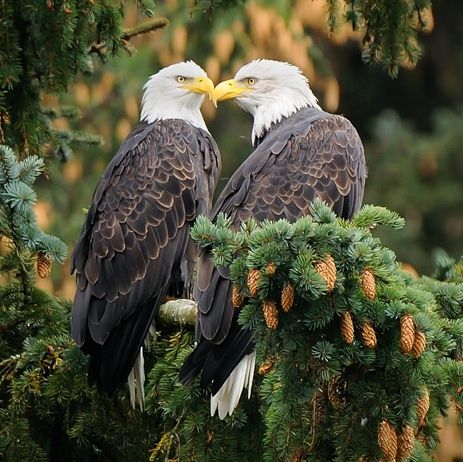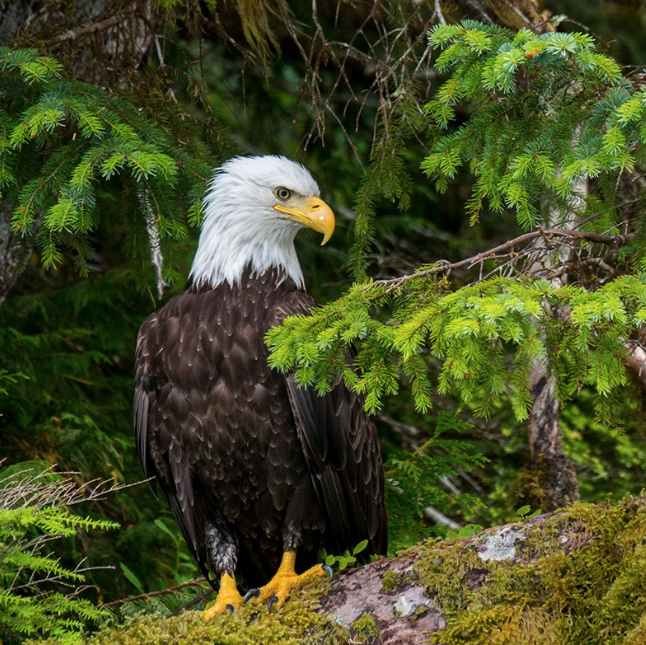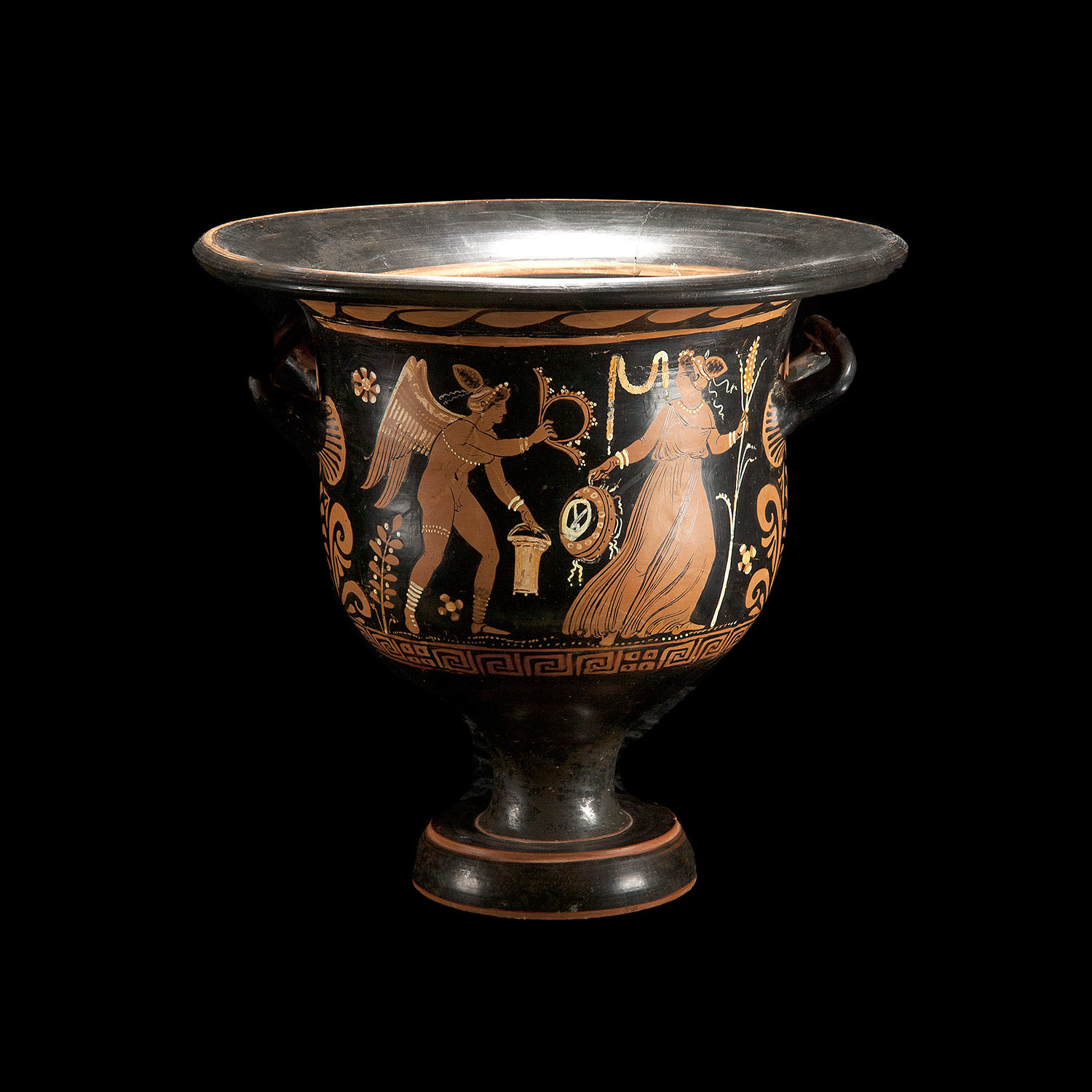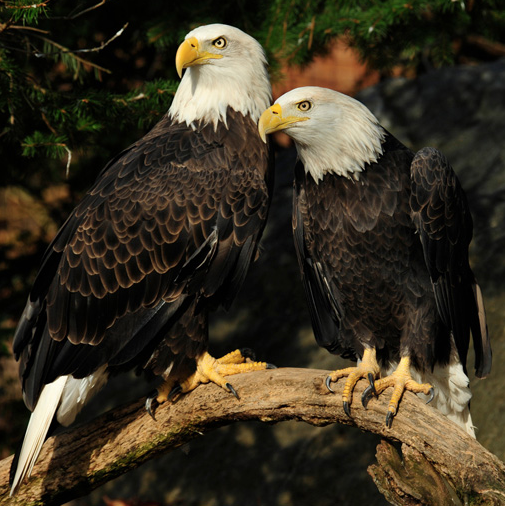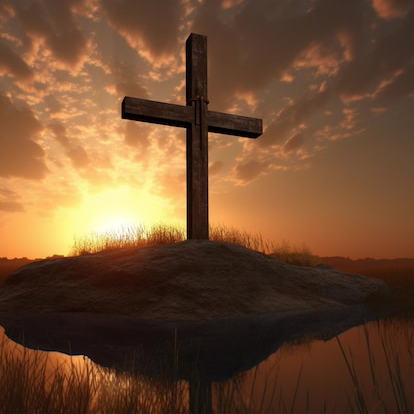Mike S
Member
- Mar 10, 2011
- 10,313
- 1,075
A woman of remarkable religious principle and honor, when it was easy to cast principle and honor aside...the years of WWII and the relocation of Japanese-Americans to concentration camps. Helen spent her entire adult life helping the most vulnerable people around her.
When America Imprisoned The Innocent - http://articles.courant.com/1996-12-09/features/96120700o65_1_camps-migrant-labor-teach
I finally got a job teaching in Compton, Calif., south of Los Angeles, an agricultural area, and there I spent three years.
I taught Latin and English. The job was a turning point for me. The students in the Latin classes were Japanese Americans, and I had never seen any Japanese Americans, much less pronounced their names. They were in the class because they had to have Latin in order to get into college in those days. I enjoyed it tremendously.
After that time, I had enough money so that I could go to work camps in the summers; you had to pay your full expenses to do it. I went to Philadelphia, way across the country, and worked in a settlement house in an Italian area. I'd become very interested in Quakerism, primarily because of the pacifist testimony that they have, and I joined the Friends Meeting in Pasadena, and I thought I'd never met such wonderful people.
The second summer, I went to Mexico, and I lived in a section where they'd never even seen a gringo before, in an area much like our south, a cotton-growing area. The president of Mexico had taken the land belonging to a wealthy woman in Spain and given it to the people. It was a very exciting project. The third summer, I did migrant labor work in Palo Alto.
I went directly from the migrant labor camp to Manzanar, the first of the concentration camps that our military on the West Coast put up. They evacuated all the Japanese within 500 miles of the West Coast. It was a perfectly horrible mistake. Two-thirds of the people were citizens; these were the kids, the Nisei. But you had to be 21 to vote, and their parents, the Isei, could not vote.
Pearl Harbor had taken place Dec. 7, 1941. I left the migrant labor camp and went to work in August of 1942. They needed teachers, and I applied, and they accepted me right away. I was there for two years, the key two years of the camps. My job -- of all things -- was to teach the U.S. Constitution. You can't graduate from a high school in California, and I daresay any state, without at least a semester of the Constitution. There I was in an Army barracks in a desert in California . . . teaching kids the Constitution.
When America Imprisoned The Innocent - http://articles.courant.com/1996-12-09/features/96120700o65_1_camps-migrant-labor-teach
I finally got a job teaching in Compton, Calif., south of Los Angeles, an agricultural area, and there I spent three years.
I taught Latin and English. The job was a turning point for me. The students in the Latin classes were Japanese Americans, and I had never seen any Japanese Americans, much less pronounced their names. They were in the class because they had to have Latin in order to get into college in those days. I enjoyed it tremendously.
After that time, I had enough money so that I could go to work camps in the summers; you had to pay your full expenses to do it. I went to Philadelphia, way across the country, and worked in a settlement house in an Italian area. I'd become very interested in Quakerism, primarily because of the pacifist testimony that they have, and I joined the Friends Meeting in Pasadena, and I thought I'd never met such wonderful people.
The second summer, I went to Mexico, and I lived in a section where they'd never even seen a gringo before, in an area much like our south, a cotton-growing area. The president of Mexico had taken the land belonging to a wealthy woman in Spain and given it to the people. It was a very exciting project. The third summer, I did migrant labor work in Palo Alto.
I went directly from the migrant labor camp to Manzanar, the first of the concentration camps that our military on the West Coast put up. They evacuated all the Japanese within 500 miles of the West Coast. It was a perfectly horrible mistake. Two-thirds of the people were citizens; these were the kids, the Nisei. But you had to be 21 to vote, and their parents, the Isei, could not vote.
Pearl Harbor had taken place Dec. 7, 1941. I left the migrant labor camp and went to work in August of 1942. They needed teachers, and I applied, and they accepted me right away. I was there for two years, the key two years of the camps. My job -- of all things -- was to teach the U.S. Constitution. You can't graduate from a high school in California, and I daresay any state, without at least a semester of the Constitution. There I was in an Army barracks in a desert in California . . . teaching kids the Constitution.

